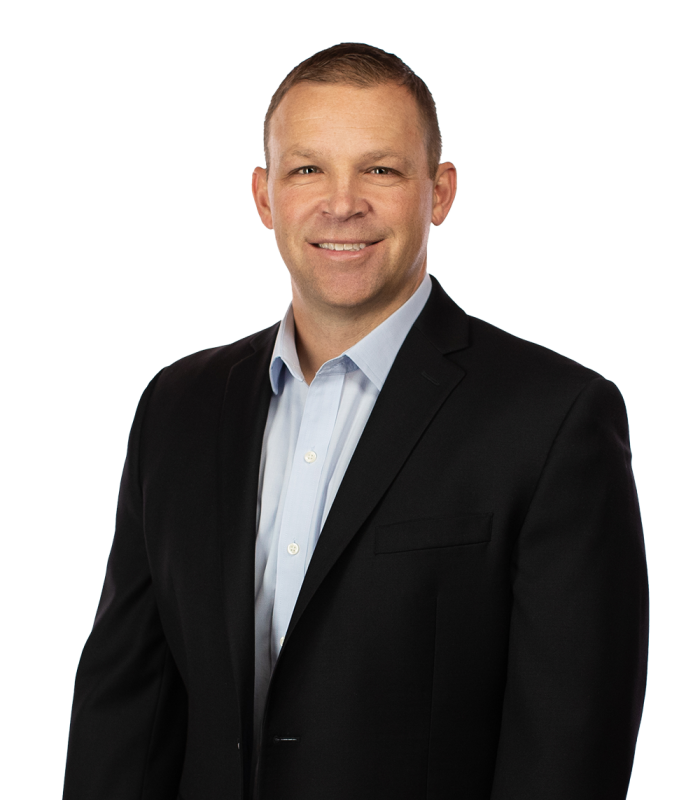Originally published in the North Bay Business Journal
Will your nest egg last as long as you will? It’s a challenging question to ponder as we are living longer than ever. Healthy couples who reach age 65 today have a 43 percent chance that one or both will live to celebrate their 95th birthday.
Not knowing how long we will live, what health crises we may face, or what will happen with interest rates and inflation, can make retirement planning seem daunting, if not impossible.
Failing to plan, however, is an unacceptable default position. Here are some guidelines that can help you determine what your needs may be and how you can meet them by starting now.
Estimate how much money you will need to spend annually or monthly. Remember to include property and income taxes, insurance, gifts and vacations. Although some people can reduce their expenses in retirement by as much as 30 percent–40 percent, the lifestyle you want in retirement will determine your needs. For those who plan to travel extensively, be more philanthropic or make financial gifts to children, they may need to maintain (or even increase) their current income to fund their future lifestyle and goals.
Factor in an adjustment for health care. Some people who pay for their own individual health insurance may see their medical insurance rates drop when they participate in Medicare (beginning at age 65). But most people end up spending more on health related services as they age.
Consider any major lifestyle changes, such as a downsized living situation that could bring savings in taxes, utilities, and other expenses.
Calculate your retirement income, annually or monthly. Social Security, pensions, rents or royalties and any other recurring income should be included. Subtract this from your expenses and if your result is zero or negative, you should be in good shape. Pat yourself on the back, you’ve done well, and you are in the minority.
Most retirees have more expenses than income, and end up with a positive number, which is the ‘income gap’ that needs to be closed with savings.
If you have a positive number, a good rule of thumb is to multiply that by 25 (life expectancy after retirement age) to give you the amount of savings needed in order to withdraw the recommended 4% annually.
Don’t panic! If that number feels out of reach, remember that aggressive savers can double their nest eggs in the last decade or so of their employed lives, thanks to compound interest. Of course, a solid savings plan and a diversified investment portfolio can strengthen your chances of having sufficient income and a more robust nest egg in the future. It is surprising how many clients come in to see us because they have great anxiety about their coming retirement. They aren’t sure if they can afford to stop working, although they may be emotionally ready to move into their next phase of life.
Using some basic guidelines as I’ve just described, and helping them explore their ideal retirement plan, can bring peace of mind and a sense of security about the future. Calculating the optimal number for your personal nest egg depends on many factors, your current lifestyle and future goals. Working with a seasoned professional can help you move forward with confidence into your golden years.
